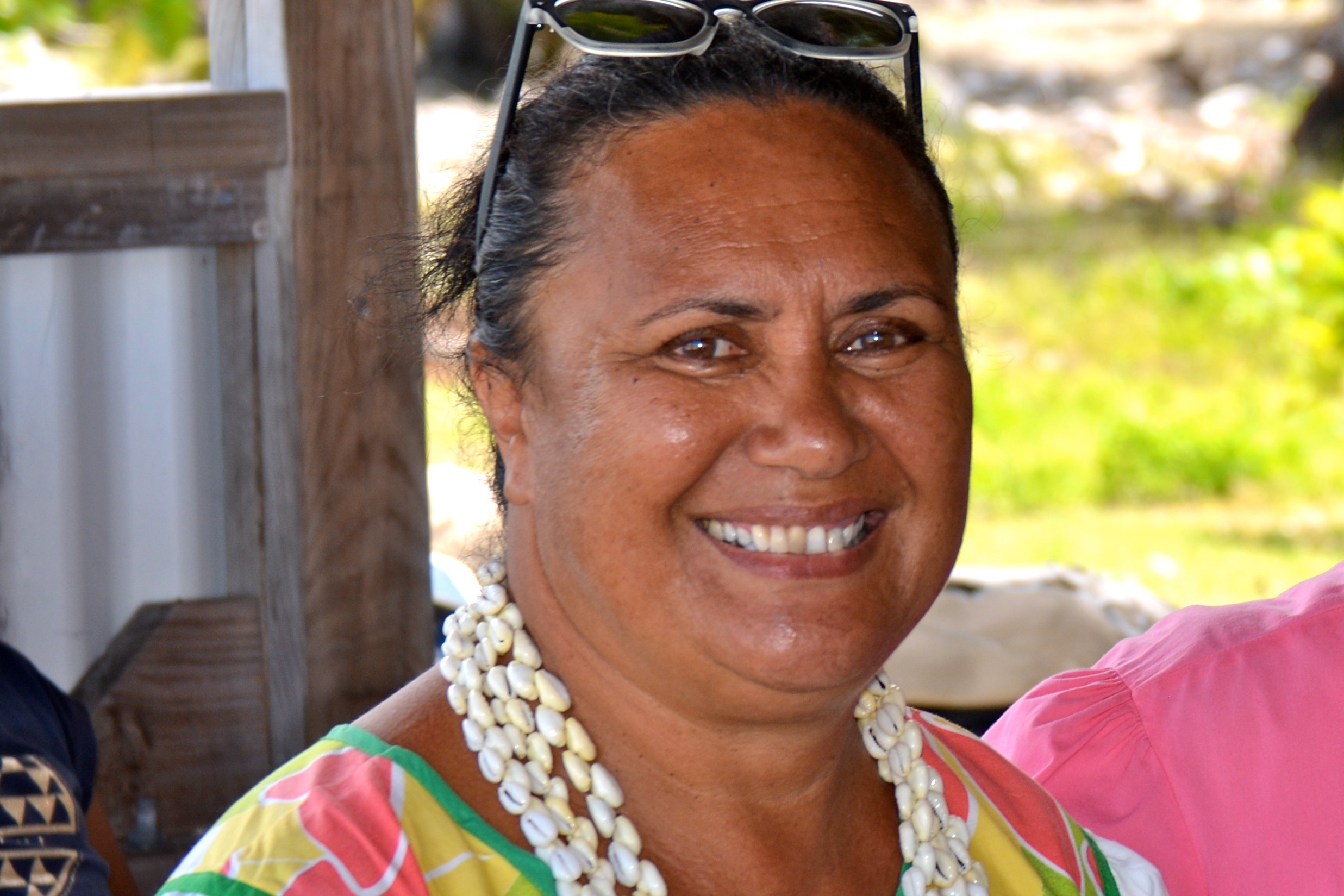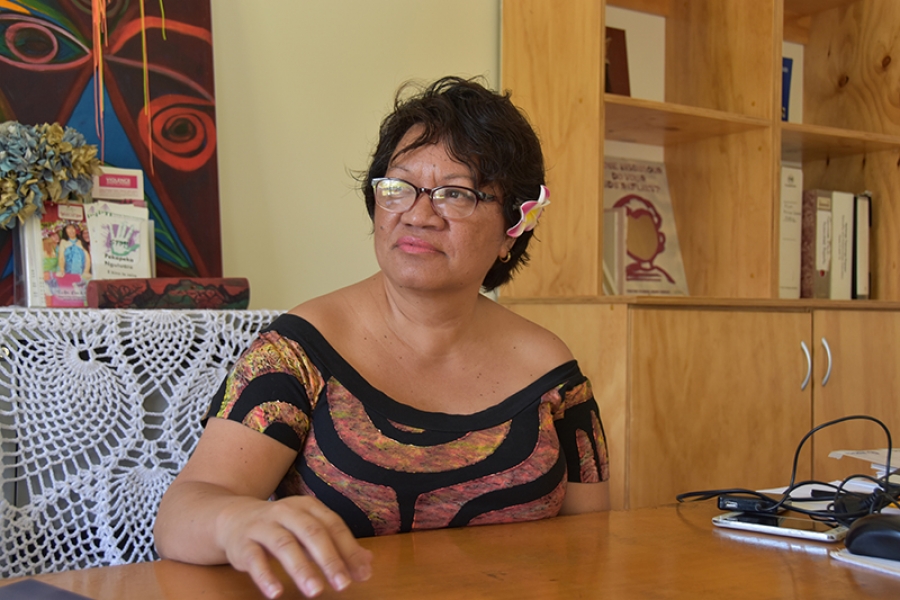Earlier this year, a giant cable was laid between Japan and the United States to deliver 60 terabits per second (Tbps) of bandwidth under the Pacific.
Technology website New Atlas was intrigued as to what exactly what went into such a massive undertaking. Kenichi Yoneyama, the chief project manager of the submarine network division of NEC Corporation, the group responsible for the cable’s development, gave an insight.
The cable is really long – about 9000 kilometres – and had to be installed across the Pacific Ocean.
So the first concern was how to manufacture the cable and purchase the right materials as well as manage the vessel that would deliver the cable.
We also needed to consider getting the permits for the project, as well as closely monitoring the weather over the Pacific Ocean.
It was also important to work out the correct layout based on the cable’s composition. The cable was laid from the United States to Japan on a 140-metre-long ship that took about two months to make the journey. That means the cable had to be spooled correctly to unroll the right way as the vessel travelled.
The cable itself is actually composed of a variety of thicknesses.
There are lightweight sections that have minimum protection and insulation, and single and double-armoured cables that are more sturdy, but take up more room on the spool.
The very center of the cable is the fibre optic portion, next is a steel casing to protect the fibres, then there’s a copper sheath that conducts the electricity, and there’s a polyurethane sheath that is used for insulation.
The lightweight cables are for installation in deep water because there is no fishing activity there.
But in very shallow water, there is a lot of fishing activity and there might be anchors dropped, so we use the double-armour cable. Most of the length is the lightweight variety.
To determine the cable layout, we had to conduct a route survey, look into permitting issues and check with various fishermen associations to see where the main fishing routes were.
There was a company who provided us with a seabed map, so we relied on that to choose the route for the cable.
As part of the route survey, we also had to check on the actual seabed condition and make sure there were no obstacles like abandoned ships in the way.
All of this had to be considered and planned before we could begin to manufacture the cable at our plant. It’s a continuous cable, so any mistakes or changes would have a dramatic impact on the manufacturing process.
While most of the cable simply drifts down to the ocean floor after we remove the floats that keep it from dragging during installation, sometimes we buried it using a special underwater plow depending on the location and condition of the seabed.
That was to protect it from trawling fishermen. If their trawling gear got close to the cable, it could cut it, so we buried it in those areas.
Another concern was supplying power to the cable and the repeaters that boost the signal along its length.
This was accomplished by two stations at either end of the cable – one in Oregon and one in Japan, at Chiba prefecture east of Tokyo – that generate almost one ampere of power.
One station supplies the positive power and the other station supplies the negative power. The current flow then goes from one station to another.
The trans-Pacific fibre optic cable system funded by Google and a consortium of five other international companies, delivers 60 Tbps of bandwidth across the Pacific, and it is the highest-capacity undersea cable ever built – about ten million times faster than the average cable modem.
“From the very beginning of the project, we repeatedly said to each other, ‘faster, Faster and FASTER,’ and at one point thatbecame the project name, and today it becomes a reality,” Hiromitsu Todokoro, chairman of the FASTER Management Committee, said in a statement when the cable went live in July.
Along with Google, the consortium includes China Mobile International, China Telecom Global, Global Transit, KDDI and Singtel.
The 9000km cable, which has extended connections to Los Angeles, the San Francisco Bay Area, Portland and Seattle, was built by NEC Corporation.
Of the cable’s total 60 Tbps bandwidth, Google gets access to up to 10 Tbps, which it said it will use to support users including Google Apps and Cloud Platform customers.
“This is especially exciting, as we prepare to launch a new Google Cloud Platform East Asia region in Tokyo later this year,” Google’s Alan Chin-Lun Cheung wrote in a blog post. “Dedicated bandwidth to this region results in faster data transfers and reduced latency as GCP customers deliver their applications and information to customers around the globe.”
Google now owns four completed undersea cables and is working on more, Cheung noted.
Last month, Microsoft and Facebook announced they’re partnering to build a subsea cable across the Atlantic. - RNZI












































